Ah, winter—a time when the garden dons a coat of frost and the vibrant colors of summer feel like a distant memory. But for the true gardening enthusiast, the cold months offer a unique opportunity to cultivate resilience and beauty amidst the chill. Whether you’re nurturing your first potted plant or orchestrating a backyard symphony of winter-hardy perennials, understanding the essentials of winter gardening is key to keeping your green thumb active year-round. This journey isn’t just about survival; it’s about thriving in the face of frosty challenges.
In this article, we’ll delve into “9 Proven Winter Gardening Essentials” that will transform your garden into a winter wonderland. From selecting the right plants that laugh in the face of frost to mastering soil protection techniques that ensure a robust spring revival, these essentials are your toolkit for success. Whether you’re a novice eager to learn the ropes or an experienced gardener looking to refine your winter strategy, there’s something here to inspire and equip you. So, grab your favorite mug of hot cocoa, cozy up, and let’s cultivate a winter garden that not only endures but flourishes.
Choosing Hardy Plant Varieties
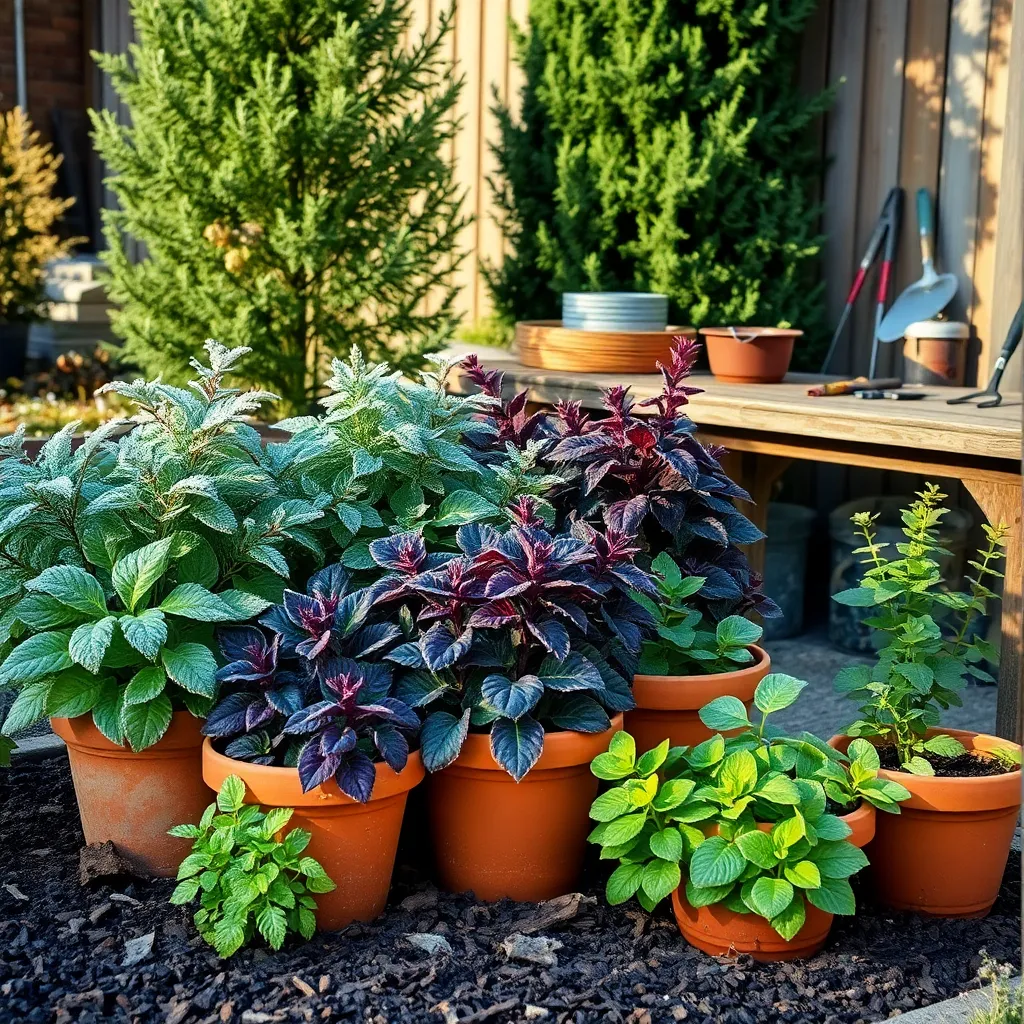
Choosing hardy plant varieties is essential for a successful winter garden. These plants are naturally equipped to withstand cold temperatures, making them ideal for novice and experienced gardeners alike.
Consider plants like kale, winter cabbage, and pansies, which thrive in colder climates. These varieties not only survive frost but often taste better after exposure to cooler temperatures.
When selecting hardy plants, pay attention to your local hardiness zone. Understanding this will help you pick species that are more likely to thrive in your specific climate.
Soil preparation is crucial for hardy plants, as they require well-drained soil to prevent root rot. Amend your garden with organic matter, such as compost, to enhance drainage and nutrient content.
Watering needs for hardy plants are generally less demanding, but they still require attention. During dry spells, ensure that the soil remains slightly moist, especially around newly planted or young specimens.
For more advanced gardeners, consider using cloches or row covers to give your hardy plants an added layer of protection. These tools can help maintain a slightly warmer microclimate, encouraging growth even during the coldest months.
Preparing Your Garden Beds
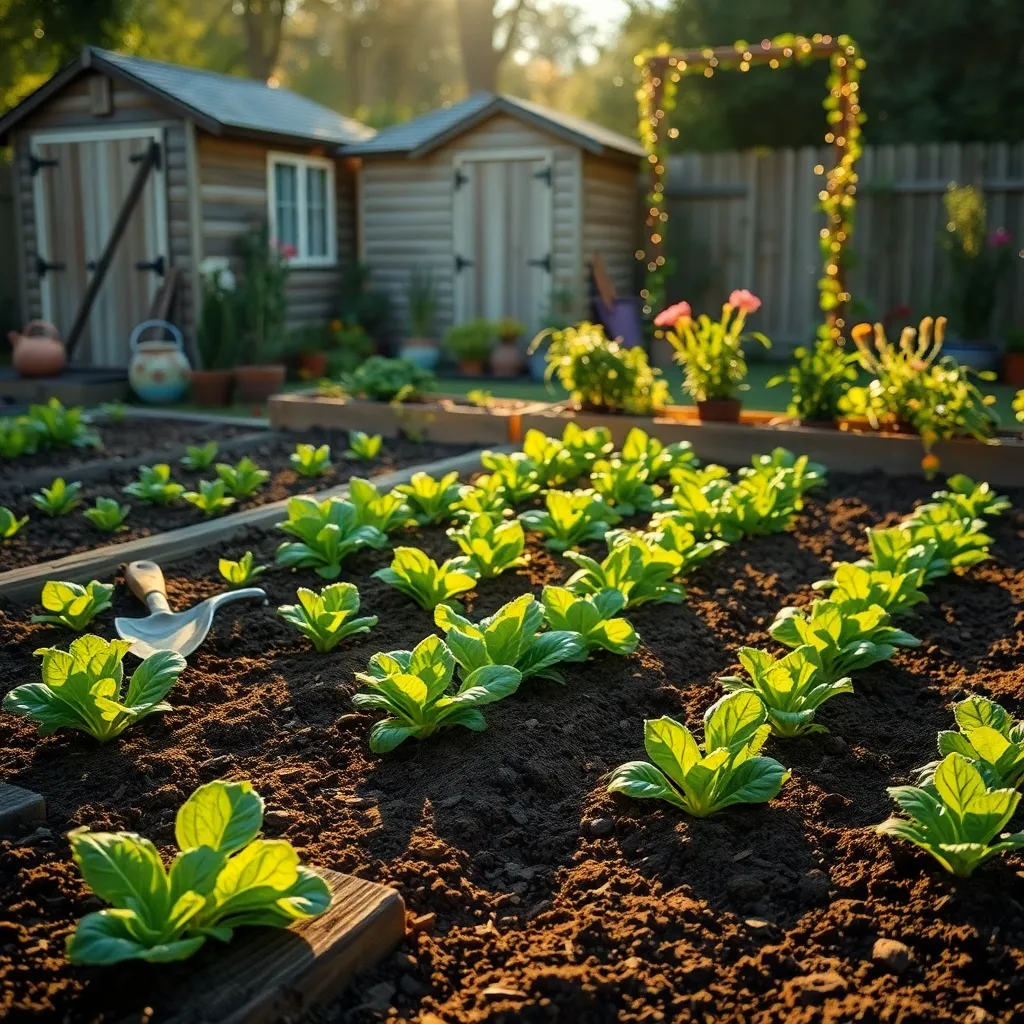
Preparing your garden beds for winter is essential to ensure a healthy start in the spring. Begin by clearing away any dead plants, weeds, and debris to prevent pests and diseases from overwintering in your soil.
Next, consider adding a layer of organic matter, such as compost or well-rotted manure, to enrich the soil. This not only provides nutrients but also helps improve soil structure, making it easier for roots to penetrate.
For those gardening in colder climates, consider using a thick layer of mulch to insulate the soil. Mulch acts as a protective blanket, maintaining consistent soil temperatures and retaining moisture during dry spells.
Advanced gardeners may want to test their soil pH and nutrient levels before the onset of winter. Based on the test results, you can amend the soil with specific nutrients to ensure optimal growing conditions come springtime.
Using Protective Mulch Layers
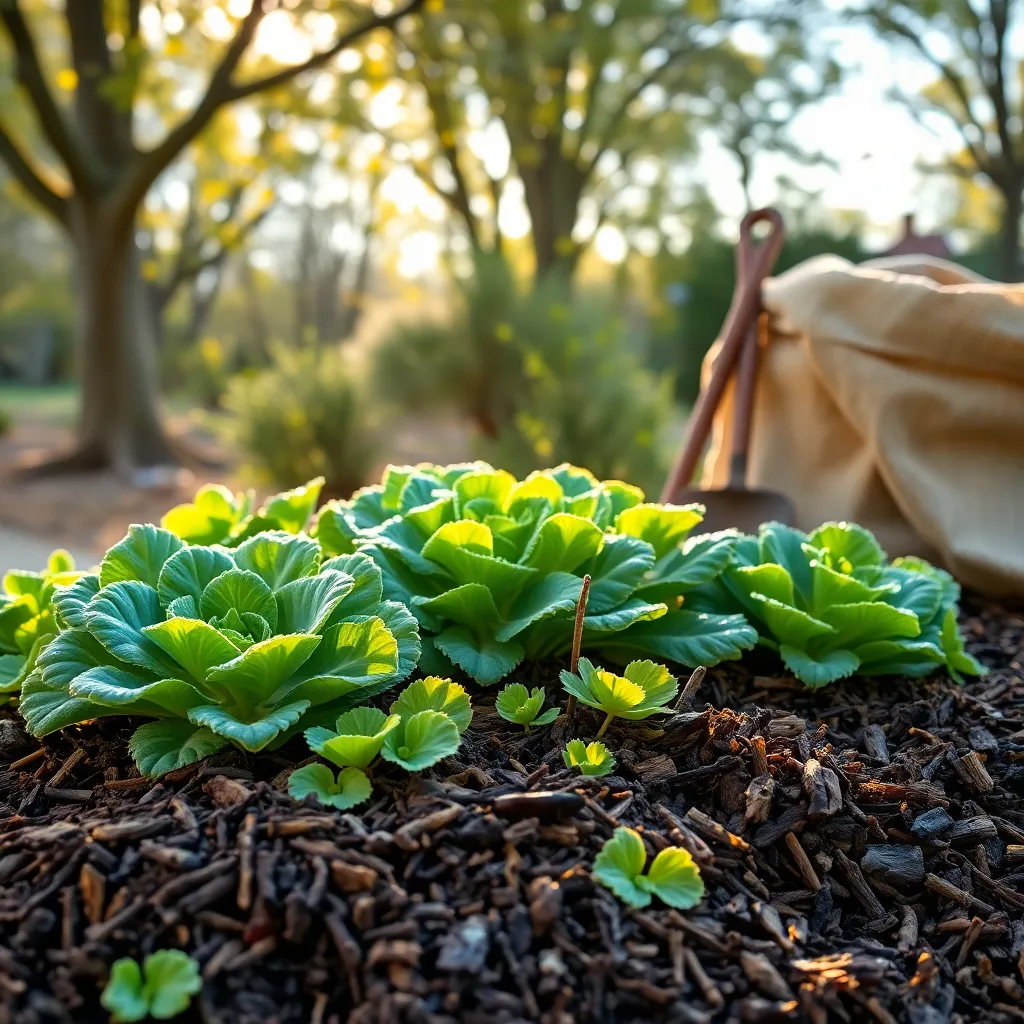
Using protective mulch layers is an essential technique for winter gardening, as it helps insulate the soil and conserve moisture. This practice not only protects plant roots from freezing temperatures but also reduces weed growth, making garden maintenance easier.
When selecting mulch, consider organic options like straw, wood chips, or shredded leaves, which break down over time to enrich the soil. Spread a layer about 2 to 4 inches thick, ensuring that it covers the soil evenly without smothering plant crowns.
Mulch can provide a microclimate that benefits both dormant and evergreen plants, creating a buffer against temperature fluctuations. Ensure the mulch is free from pests and diseases to prevent introducing problems into your garden.
For more experienced gardeners, experimenting with different mulch materials can optimize specific plant needs. Consider using pine needles for acid-loving plants or compost for additional nutrients, tailoring your approach to your garden’s unique requirements.
Installing Insulating Row Covers
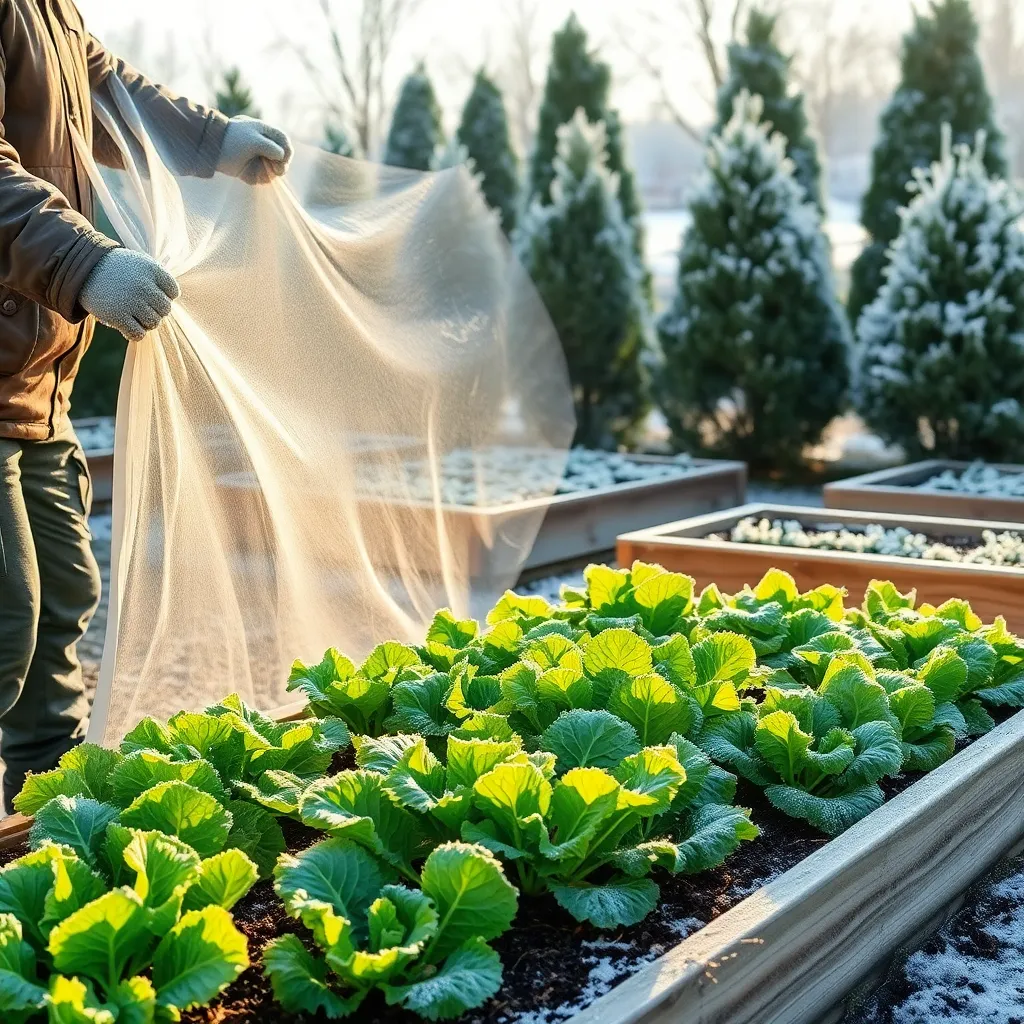
Installing insulating row covers is an excellent way to protect your winter crops from harsh weather conditions. These covers create a microclimate that helps to trap heat and moisture, enabling your plants to thrive even in lower temperatures.
To get started, choose a lightweight, breathable material like spunbonded polyester or polypropylene. Ensure the material is UV-stabilized to withstand prolonged exposure to sunlight without degrading.
Lay the row covers over your garden beds, ensuring they are secured tightly to prevent wind from dislodging them. Use garden staples or heavy stones along the edges to keep the covers in place, especially during windy conditions.
For those dealing with snow, consider adding a supportive framework beneath the covers. Use hoops made from PVC or metal to create an arched support that prevents the weight of the snow from crushing your plants.
Remember to periodically check underneath the covers for moisture levels and pest issues. While row covers provide excellent protection, they can sometimes create an environment conducive to mold or insects if not monitored properly.
Proper Winter Watering Practices

Winter watering is crucial for maintaining healthy plants, as even dormant plants require moisture to survive. It’s important to water deeply but infrequently, ensuring that water reaches the roots where it’s most needed.
To prevent water from freezing on the surface, aim to water your plants during the warmest part of the day. This practice allows the water to soak into the soil before temperatures drop at night.
Soil type plays a significant role in determining winter watering needs. Sandy soils drain quickly and may require more frequent watering, while clay soils retain moisture longer and need less frequent watering.
For more advanced gardeners, using a soil moisture meter can provide precise readings to help optimize watering schedules. This tool helps avoid overwatering, which can be as detrimental as underwatering during the colder months.
Effective Frost Protection Methods
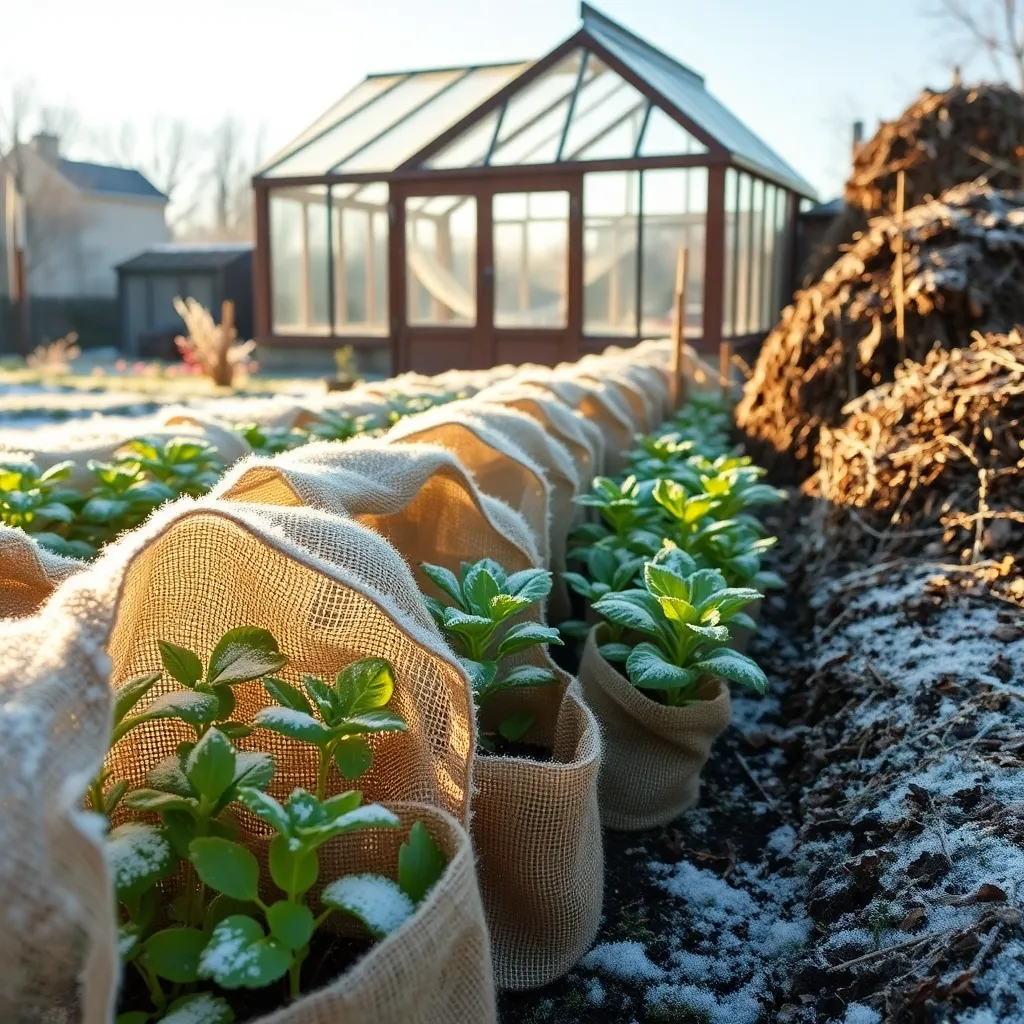
Gardening through the winter requires strategic frost protection to ensure the survival of your plants. One effective method is using mulch to insulate the ground and maintain soil warmth, which prevents roots from freezing.
Another practical approach is to utilize frost cloths or garden fleece to cover sensitive plants, particularly during sudden temperature drops. These materials are lightweight and breathable, allowing light in while keeping frost out, making them an excellent choice for safeguarding tender perennials and young shrubs.
For a more robust solution, consider constructing a simple cold frame using old windows or clear plastic. This mini-greenhouse effect can significantly extend the growing season by trapping solar heat and protecting plants from harsh winds and frost.
Advanced gardeners might explore using heat lamps or thermal water jugs strategically placed around plants to provide additional warmth. When using heat sources, it’s crucial to ensure they are safe and weatherproof to prevent hazards.
Essential Winter Pruning Techniques
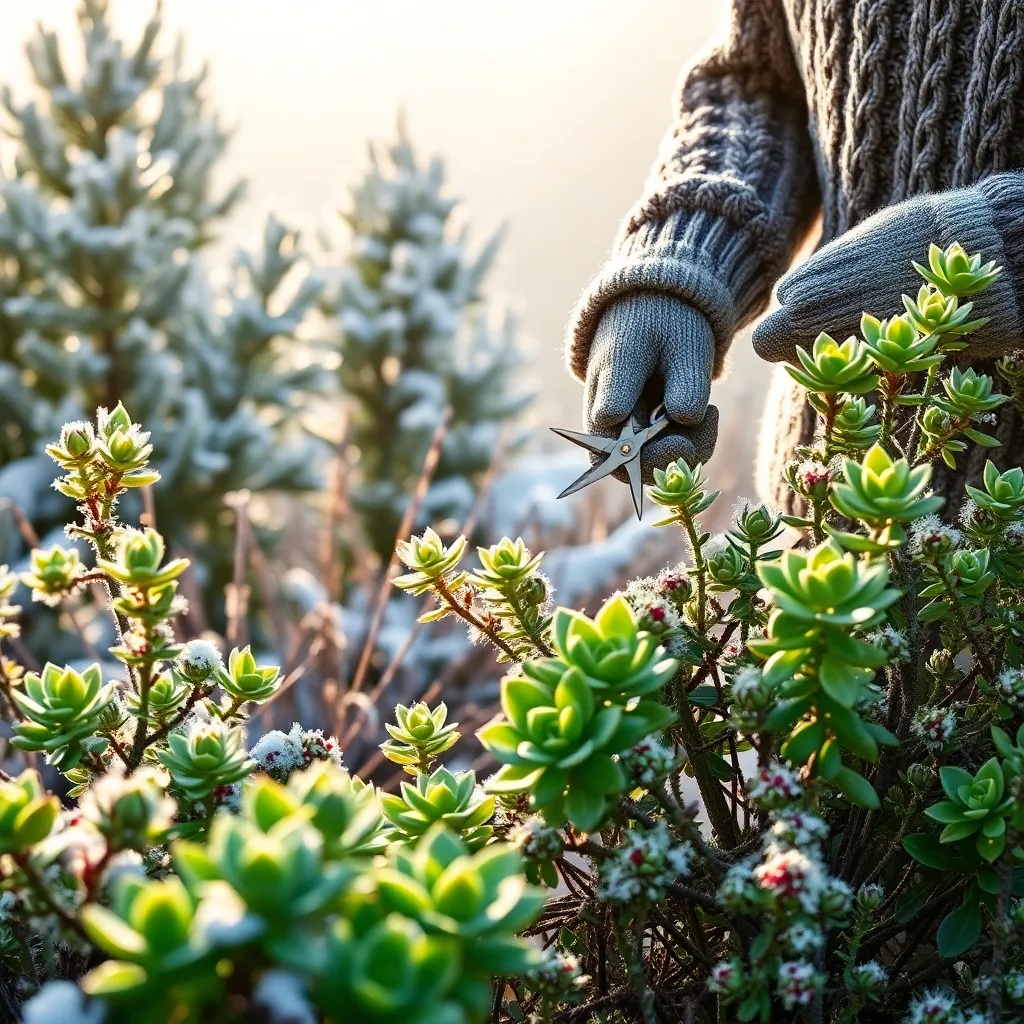
Winter pruning is essential for keeping your garden healthy and productive all year round. By focusing on removing dead or diseased branches, you help plants conserve energy and prepare for a vigorous spring growth.
To start, always use sharp, clean tools to prevent disease transmission. Pruning shears are perfect for small branches, while loppers and a pruning saw work well for thicker limbs.
For beginners, focus on pruning deciduous trees and shrubs when they are dormant. This makes it easier to see the structure of the plant and identify which branches need to be removed.
Advanced gardeners can consider crown thinning for better air circulation, which reduces the risk of fungal diseases. Always aim to cut just above a bud facing outward to encourage the plant to grow in the desired direction.
When dealing with fruit trees, such as apple or pear trees, winter is the ideal time to shape them for improved fruit production. Remove any branches that cross or rub against each other, as this can lead to damage and disease.
Remember to dispose of all pruned material properly to avoid spreading any diseases. You can either compost healthy cuttings or dispose of diseased material to keep your garden clean and healthy.
Utilizing Cold Frames Successfully
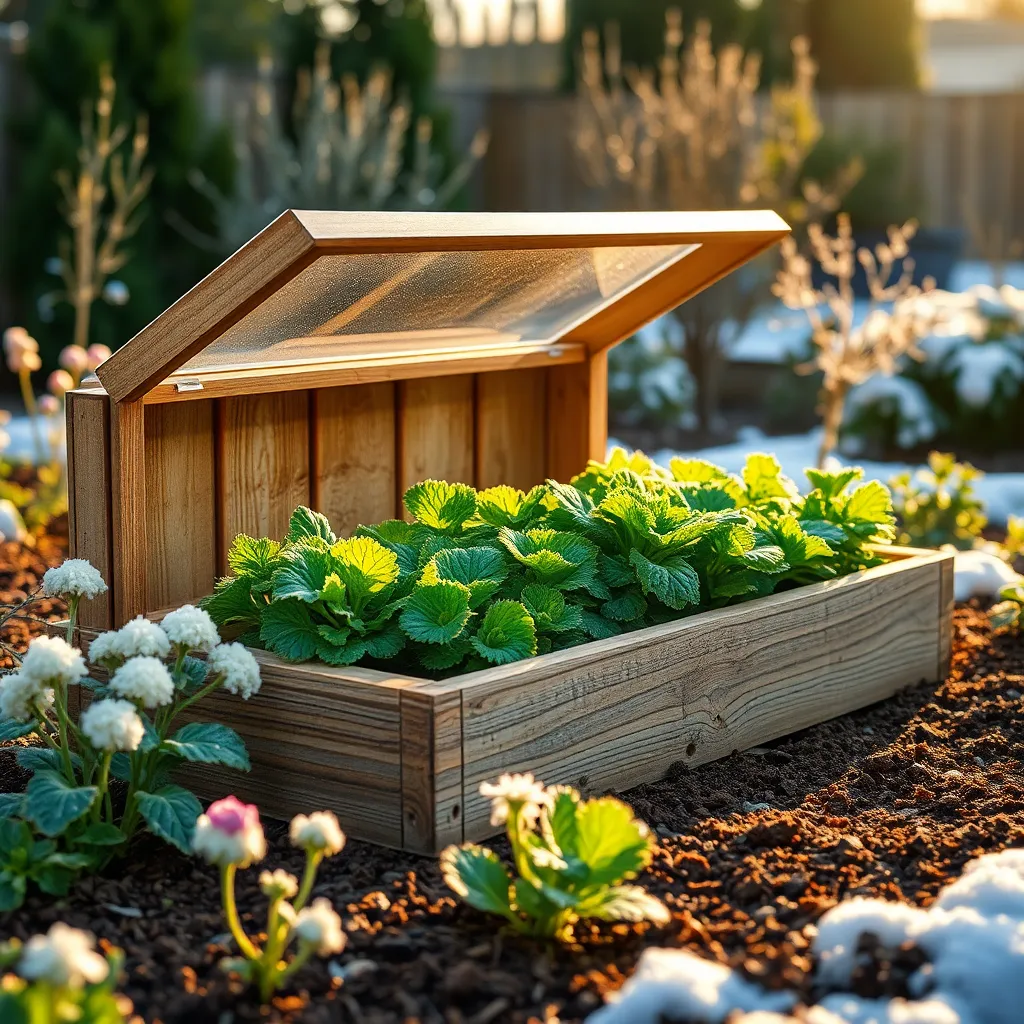
Cold frames are an excellent tool for extending your gardening season into the colder months. They work by trapping heat from the sun, creating a microclimate that can keep your plants warm and thriving even when outdoor temperatures drop.
To set up an effective cold frame, make sure it’s positioned in a spot that gets maximum sunlight, ideally south-facing. Use materials like old windows or clear plastic to cover the frame, ensuring it allows sunlight in while providing insulation.
Ventilation is crucial to prevent overheating on sunny days, so make sure to prop the lid open slightly when temperatures climb above 45°F (7°C). This simple adjustment ensures that your plants receive fresh air, which is vital for avoiding mold and fungal diseases.
For those new to cold frames, start with hardy greens like spinach and kale, which can withstand chilly nights. More experienced gardeners might try their hand at growing early spring crops such as radishes or carrots, sowing seeds directly into the soil inside the frame for an early harvest.
Monitoring and Adjusting Soil Temperature
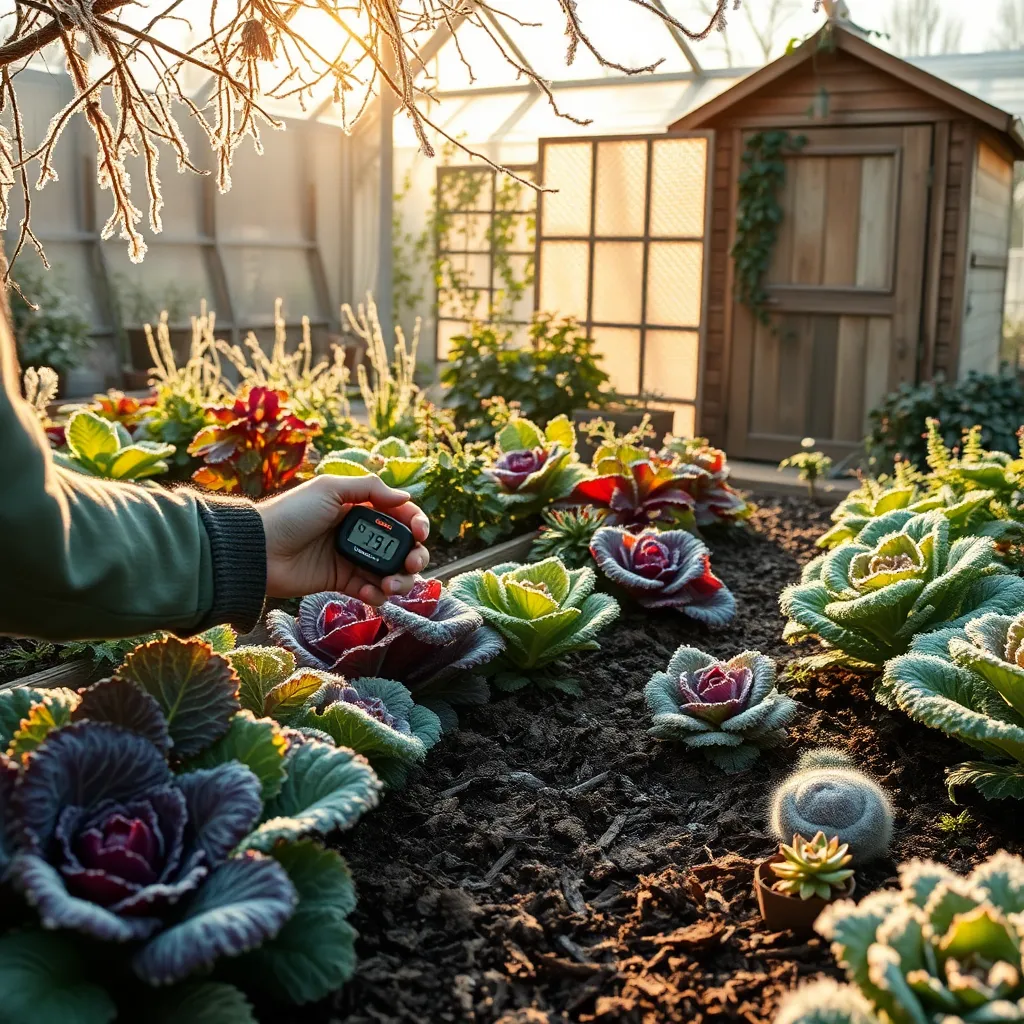
Monitoring soil temperature is crucial for successful winter gardening, as it directly affects plant growth and health. Begin by using a digital soil thermometer to measure the temperature at various depths, ideally at two inches and four inches below the surface.
Optimal soil temperatures vary depending on the plants you’re growing, but generally, most winter crops thrive between 45°F and 65°F. If your soil is colder than this range, consider using mulch or straw to help insulate and retain warmth.
For gardeners seeking advanced techniques, heating cables or mats can be employed to maintain ideal soil temperatures. These tools are particularly useful for safeguarding sensitive seedlings or when starting seeds indoors before transplanting them outside.
Regularly checking and adjusting your soil temperature ensures that your plants can develop strong roots and withstand cold snaps. By paying attention to these details, you can extend your growing season and enhance the quality of your winter harvest.
Conclusion: Growing Success with These Plants
As we wrap up our exploration of the ‘9 Proven Winter Gardening Essentials,’ it’s clear that nurturing relationships requires the same dedication and care as tending to a garden in the colder months. We’ve delved into key concepts such as commitment, communication, mutual respect, quality time, adaptability, emotional support, trust, shared goals, and patience. Each of these elements plays a vital role in cultivating a thriving, resilient relationship.
To take immediate action, choose one of these essentials to focus on today. Perhaps plan a heartfelt conversation to bolster communication or set aside some time this week for an activity that strengthens your bond.
To ensure these insights are always within reach, bookmark this article as your go-to guide for relationship enrichment. By doing so, you’ll have a reliable resource to revisit whenever your relationship needs a little extra warmth and care.
Looking ahead, remember that with consistent effort and a nurturing approach, your relationship can blossom beautifully, even in the chilliest of seasons. Empower yourself to cultivate love and connection, ensuring your partnership thrives all year round. Save this article and let it be your companion on the journey to relationship success.







